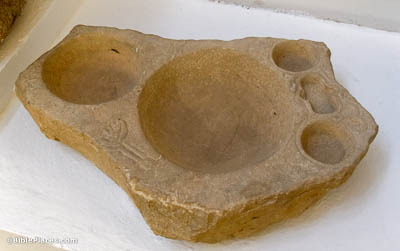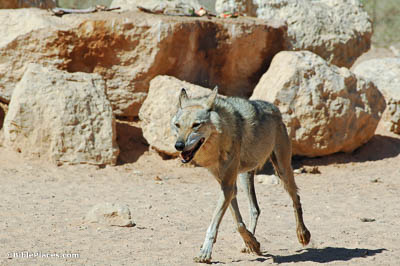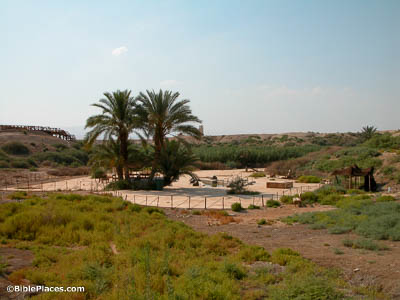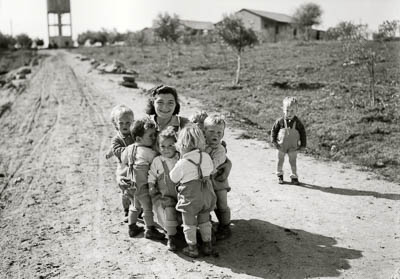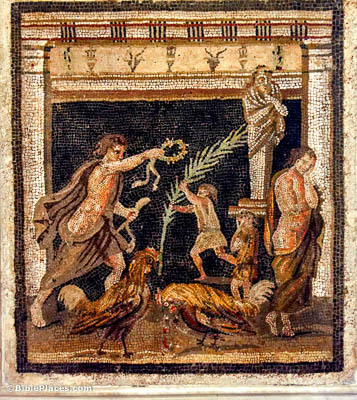Beloved, do not believe every spirit, but test the spirits to see whether they are from God (1 John 4:1).
Romans took steps to avoid being cheated or deceived in commerce. One way in which this was accomplished was by an official set of volume measures placed by the authorities at the market. Similar objects have been recovered from numerous places across the Roman empire. Anyone with a concern about deception related to volume at the marketplace could use a set of official measures like this to determine if they were being shorted.
